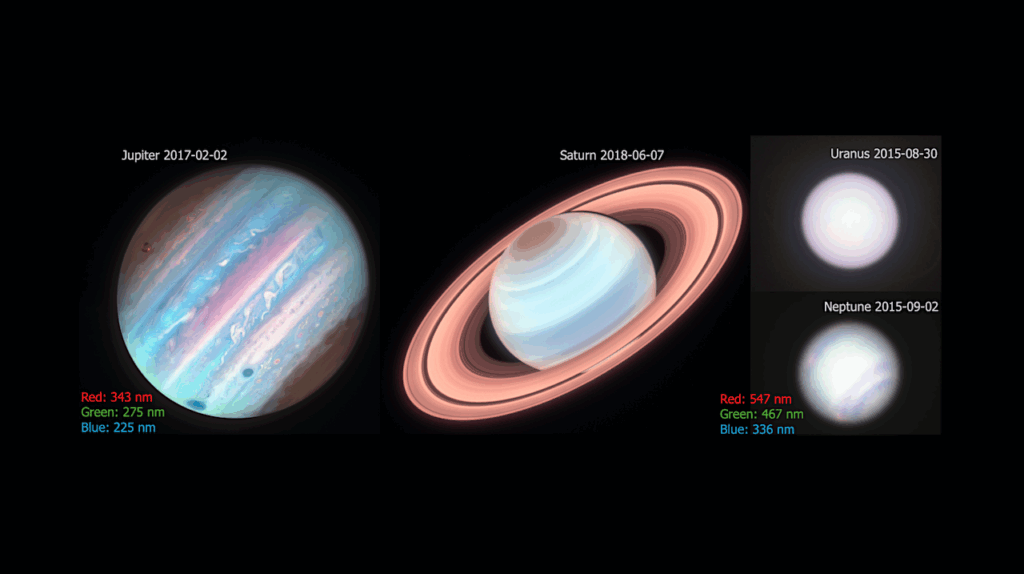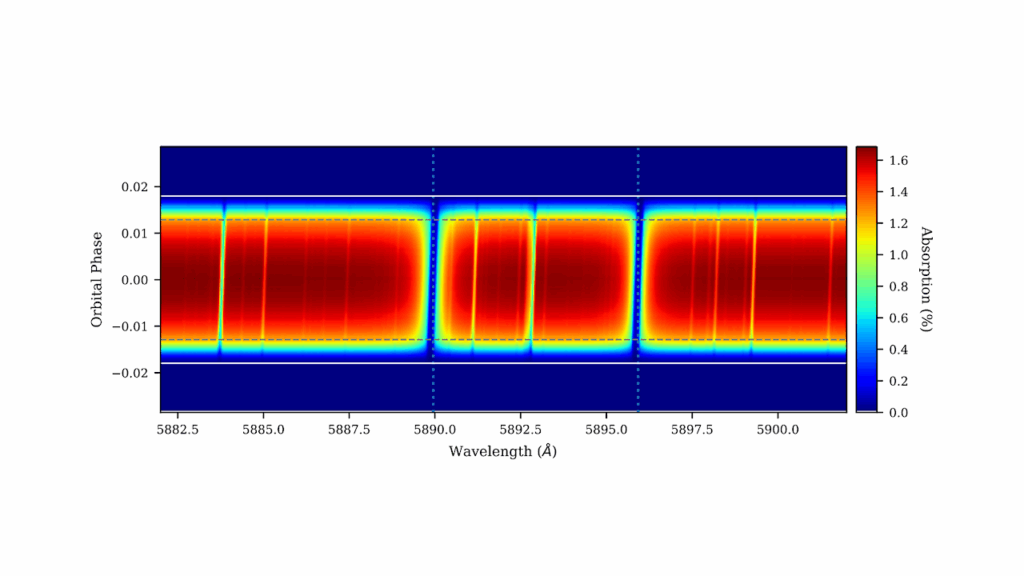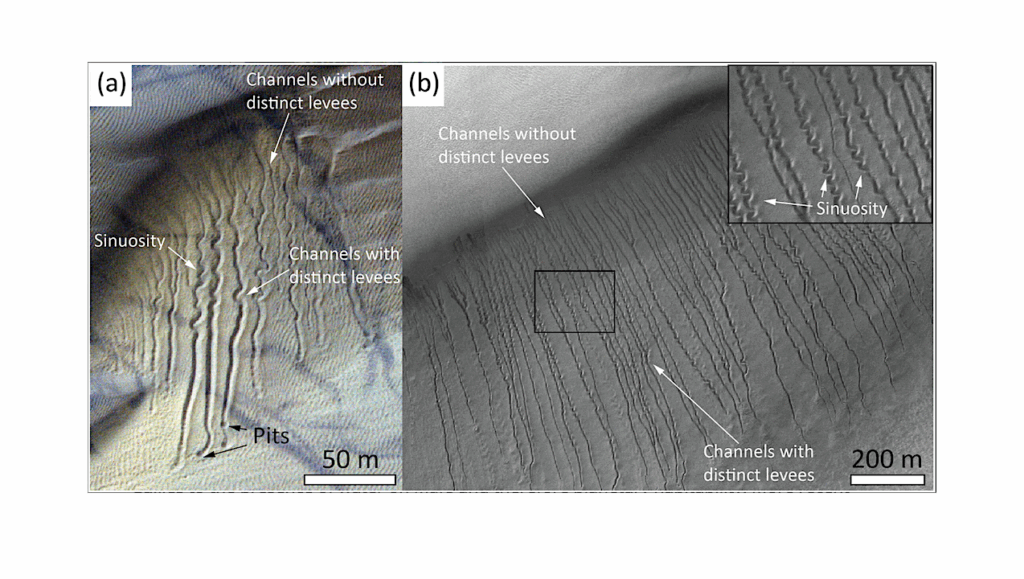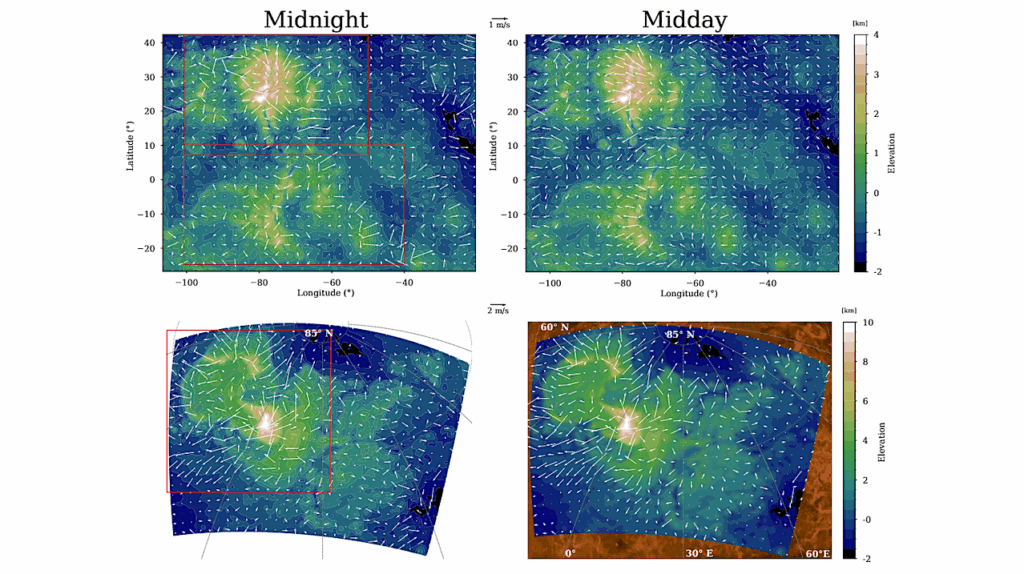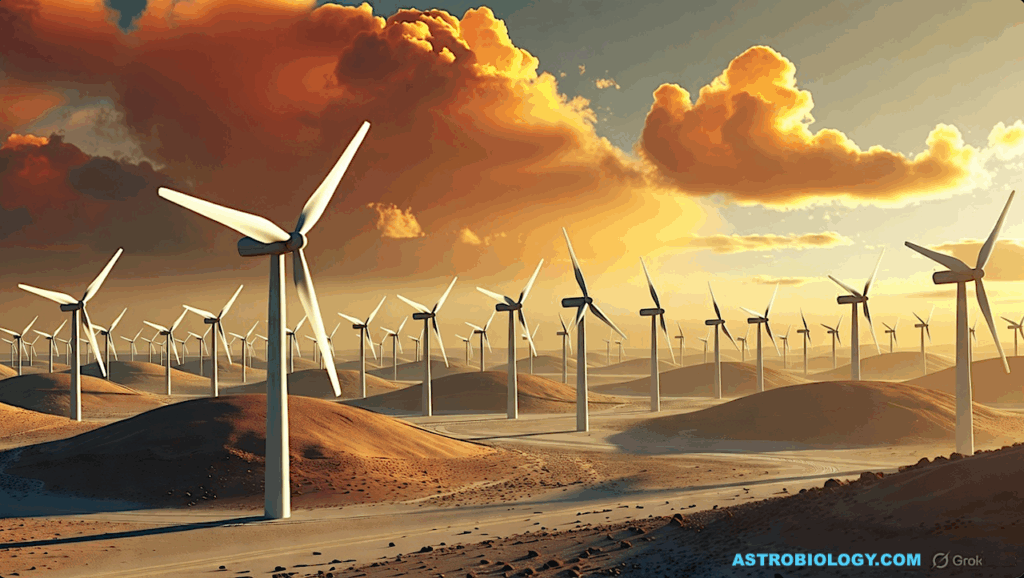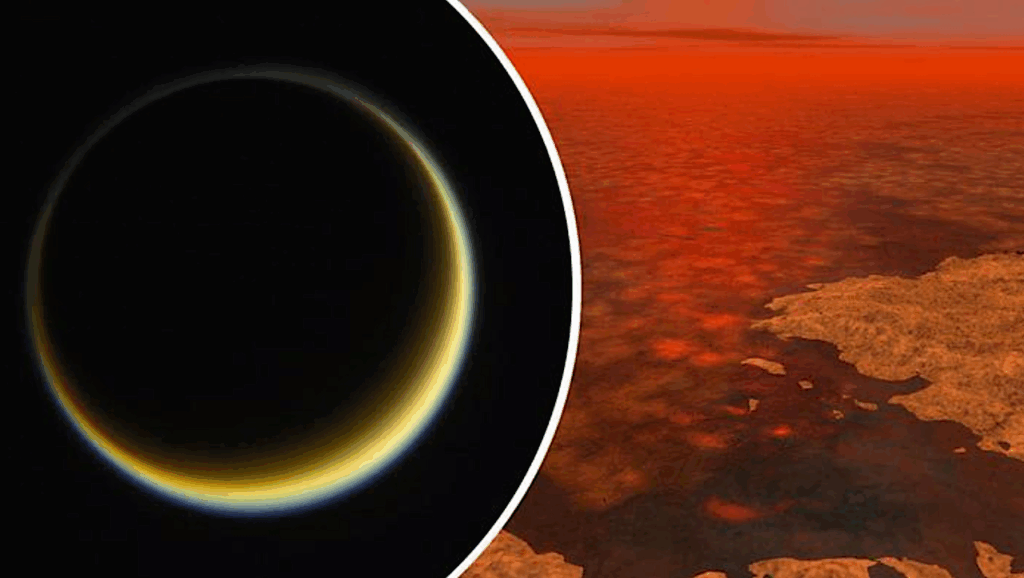ASU-led Team Defends Molecular Oxygen Findings

When did molecular oxygen, the gas that all large and complex forms of life on Earth today require to function, first appear on Earth?
For more than 15 years, work by a team of scientists led by Ariel Anbar, professor at Arizona State University’s School of Earth and Space Exploration, has advanced the case that this biologically critical gas first appeared at least 2.5 billion years ago. Beginning with a pair of studies published in 2007, the team analyzed the chemistry of sedimentary rocks laid down on the ancient seafloor.
The results revealed evidence of the gas in oceans 2.5 billion years ago, long before conventional wisdom said it should have been around. Today, numerous subsequent studies have bolstered the case for this early “whiff” of molecular oxygen.
The findings stirred debate in the scientific community. The latest word in that debate was published April 7 in Science Advances by Anbar and his team. In “Technical Comment on ‘Re-examination of 2.5-Ga ‘whiff’ of oxygen interval points to anoxic ocean before GOE,'” they address a recent challenge to their groundbreaking study.
The challenge emerged last year. According to a study led by researchers at Caltech and published in 2022, the 2007 interpretations were incorrect. The scientists argued that the rocks examined by Anbar and his team were not well preserved, and so cannot be used to track changes in Earth’s ancient environment.
“It’s great to see others generate new data to try to challenge the assumptions underlying our work,” Anbar said. “The ancient record is complicated, so these rocks demand careful and constant scrutiny. But we did not find their arguments persuasive.”
The history of oxygen in the form of the oxygen molecule on Earth draws intense interest from many scientists because it is produced by photosynthesis. So, knowing when it first started to leave a mark on the environment is a way of learning about the history of life itself.
Scientists know that biological oxygen molecule production left a big mark on Earth starting about 2.4 billion years ago, after what is often called the Great Oxidation Event. But what came before? Sometimes the debates are heated.
Reviewing the 2022 study, Anbar and his team found that the two research groups were comparing apples and oranges. Whereas the original study focused on the overall chemistry of the rocks, the challengers focused on small nodules and veins made of pyrite — commonly known as fool’s gold.
“The new data are exquisite, but they aren’t very relevant to understanding ancient oceans,” Anbar said. “The pyrite nodules grew when hot fluids passed through these rocks well after they had first formed. We’ve always known these nodules existed. In our work, we tried to avoid this fool’s gold. Instead, we focused on the chemistry of the entire rock because that’s a way to see through this kind of alteration.”
In addition to pointing out the late formation of the pyrite nodules, the team’s critique highlighted several other weaknesses in the challengers’ arguments, especially a failure to address the full range of inorganic geochemical evidence of oxygen molecules that has emerged since the 2007 papers.
“We stand by our original study,” Anbar said. “But the debate is important! Science isn’t only about getting the right answer. It’s also about poking at what others think is right to see if there are any holes. We only know if our ideas are right if they can stand up to scrutiny. Ours did.”
Kim Baptista, 707-479-0311, [email protected]
About Arizona State University
Arizona State University has developed a new model for the American Research University, creating an institution that is committed to access, excellence and impact. ASU measures itself by those it includes, not by those it excludes. As the prototype for a New American University, ASU pursues research that contributes to the public good, and ASU assumes major responsibility for the economic, social and cultural vitality of the communities that surround it.
Astrobiology


